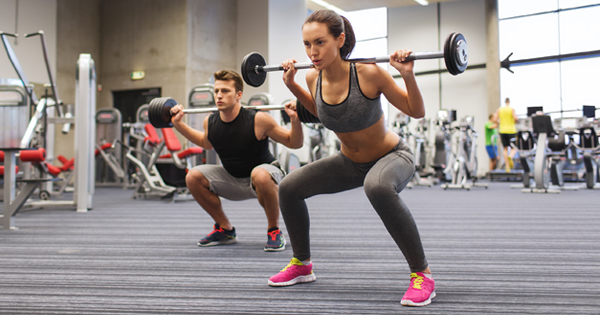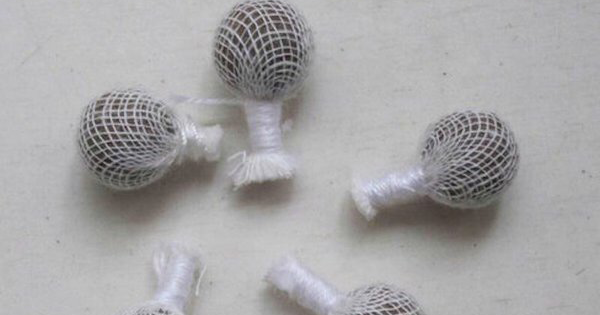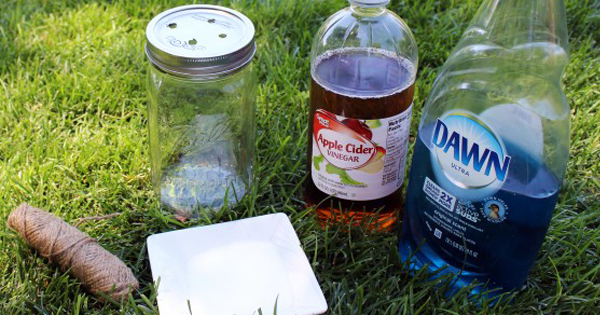If you have bad knees or hips, or even constant lower back pain, there could be a cause that you’re completely overlooking. An American medic and other specialists in sports medicine have coined a new name for the condition you might have:
Dormant Bottom Syndrome (DBS).
DBS is becoming more prevalent because more and more people are spending so much of their time sitting down, not engaging their gluteal muscles. This syndrome occurs when your glutes are weak and the hip flexors are tight.
The condition of these muscles then force the surroundings muscles to strain as they compensate for the glutes and hip flexors. This can ultimately lead to injury in other areas of the body.
In order to avoid developing DBS, it’s important not only to get up and walk around every so often, but to do so for a longer period of time. You need to be moving long enough for the glutes to engage and become active, also allowing your hip flexors to stretch.
Some common problems that arise because of DBS are crooked shoulders, lower back pain, “clicking” hips, painful knees, flat feet, and saggy bottom.
The glutes are just one of the many muscles that run from the top of your body to your bottom. If they aren’t functioning at full potential, then they will inevitably force other muscles to overexert. For instance, if your glutes aren’t keeping your pelvis in position when you sit, then you’re actually unconsciously forcing your shoulder muscles to strain as they attempt to keep your pelvis straight. This not only causes your shoulders to become crooked (because the shoulder muscles aren’t doing their original purpose of supporting your shoulders), but it also causes lower back pain because the region is lacking adequate muscular support from your pelvis muscles.
There are several exercises you can do to ameliorate your DBS.
Squats, lunges, bridge pulses, and straight leg deadlifts can all help engage and strengthen your glutes, thereby alleviating the symptoms of DBS. It’s just as important to stretch the hip flexors as it is to work on your glutes because this will allow you to make use of your full range of motion in your entire body.
As with any new exercise and fitness routine though, be sure not to over-exert and consult a physician before you engage in too rigorous of exercises.





